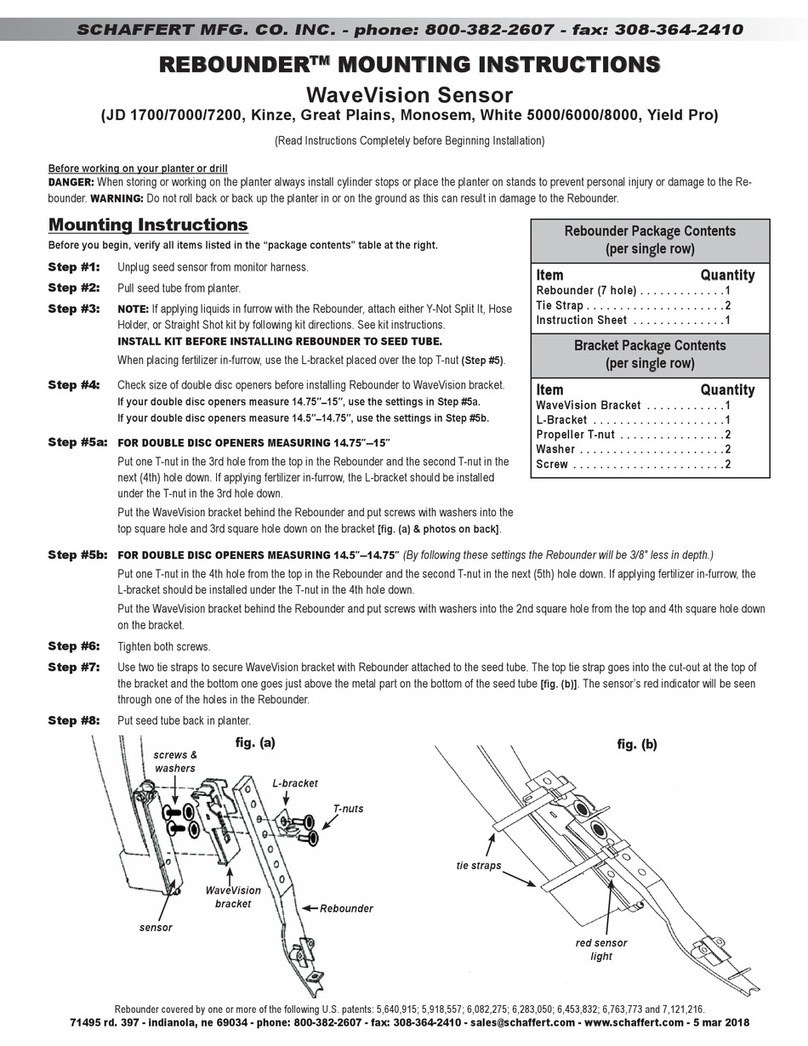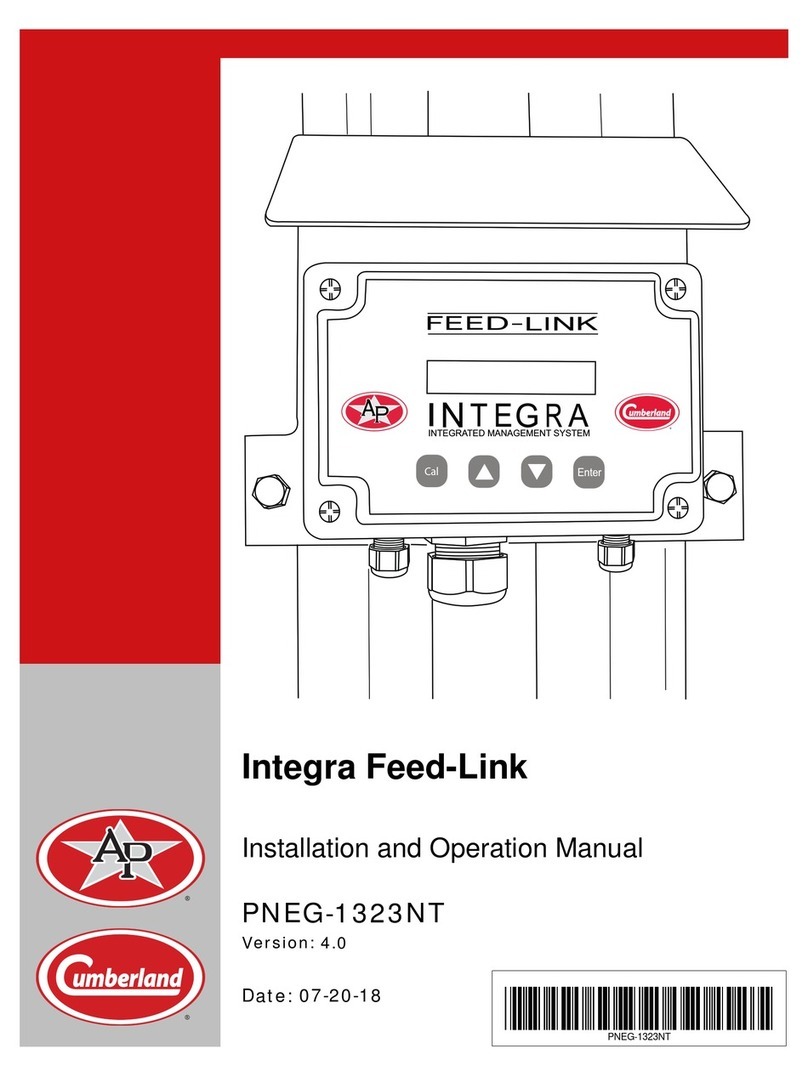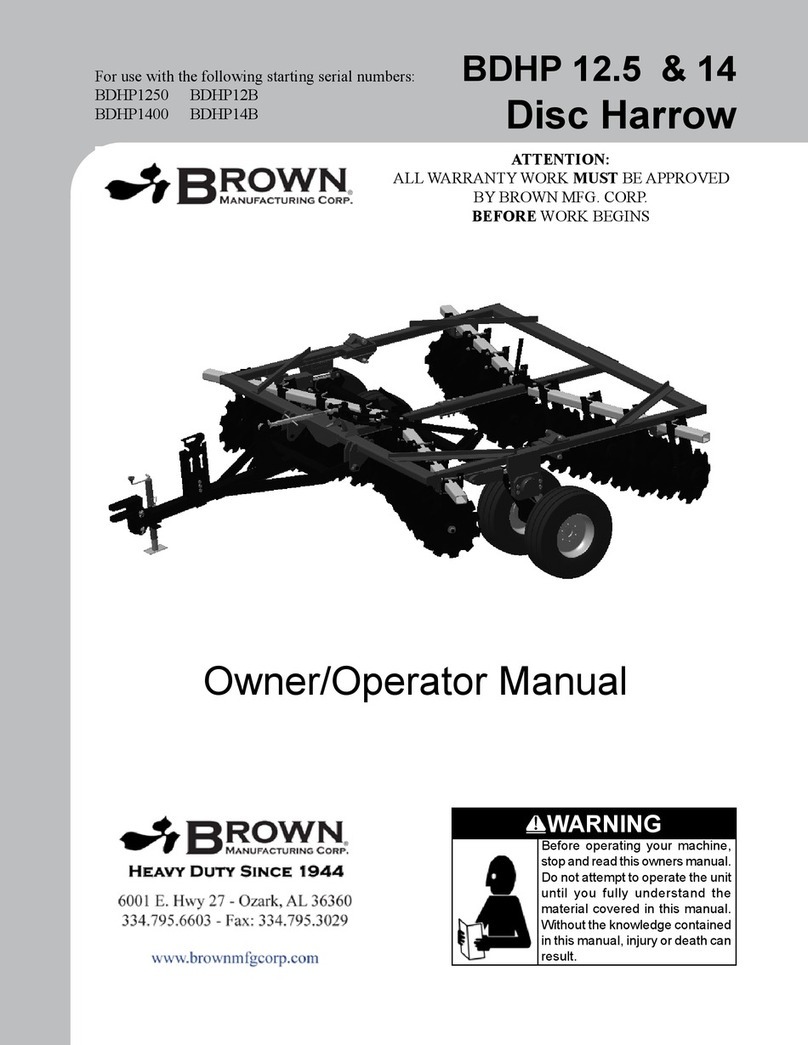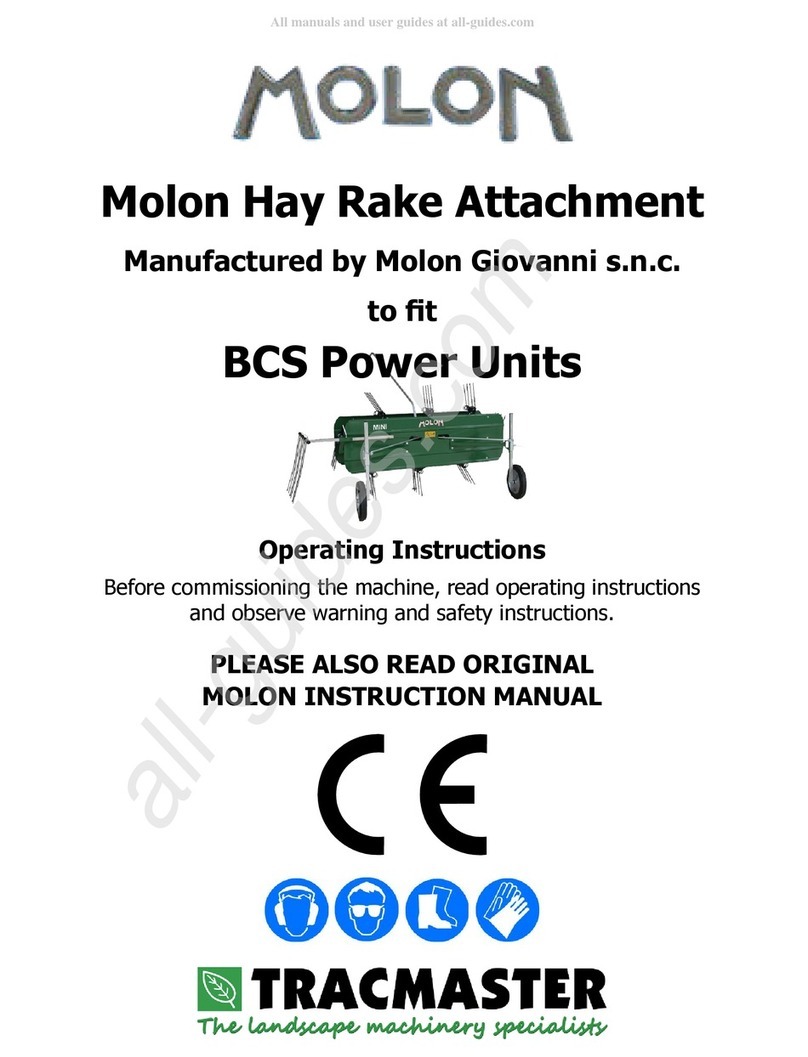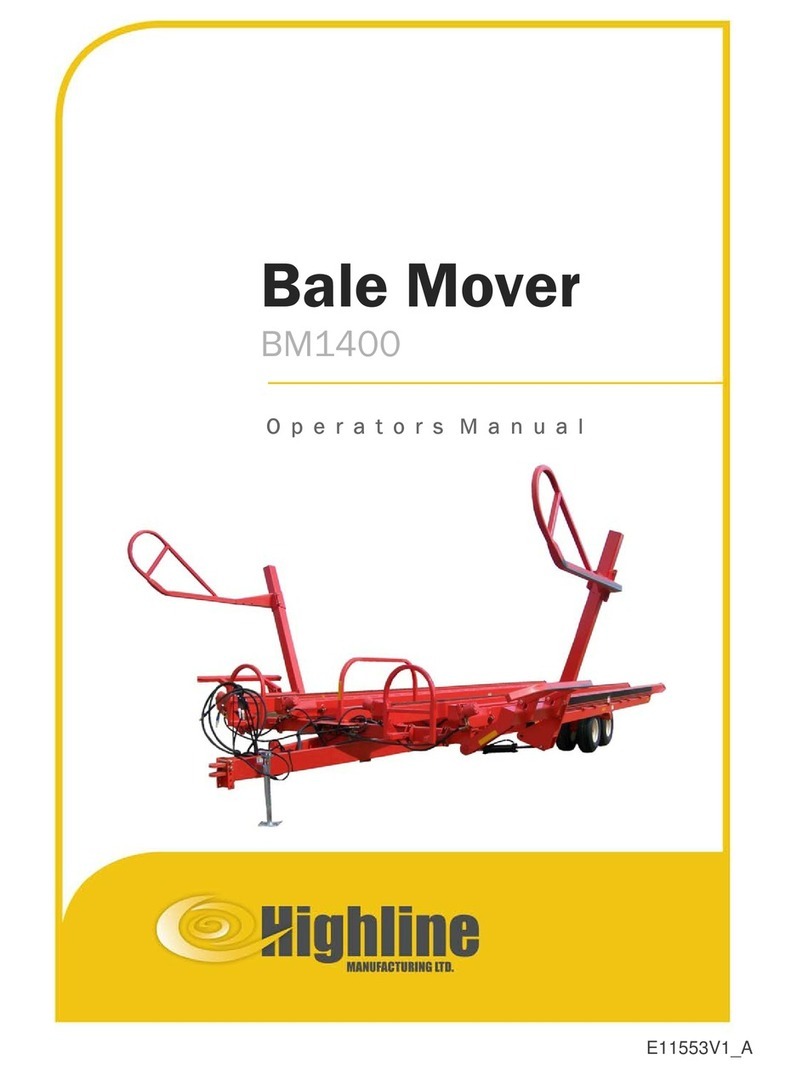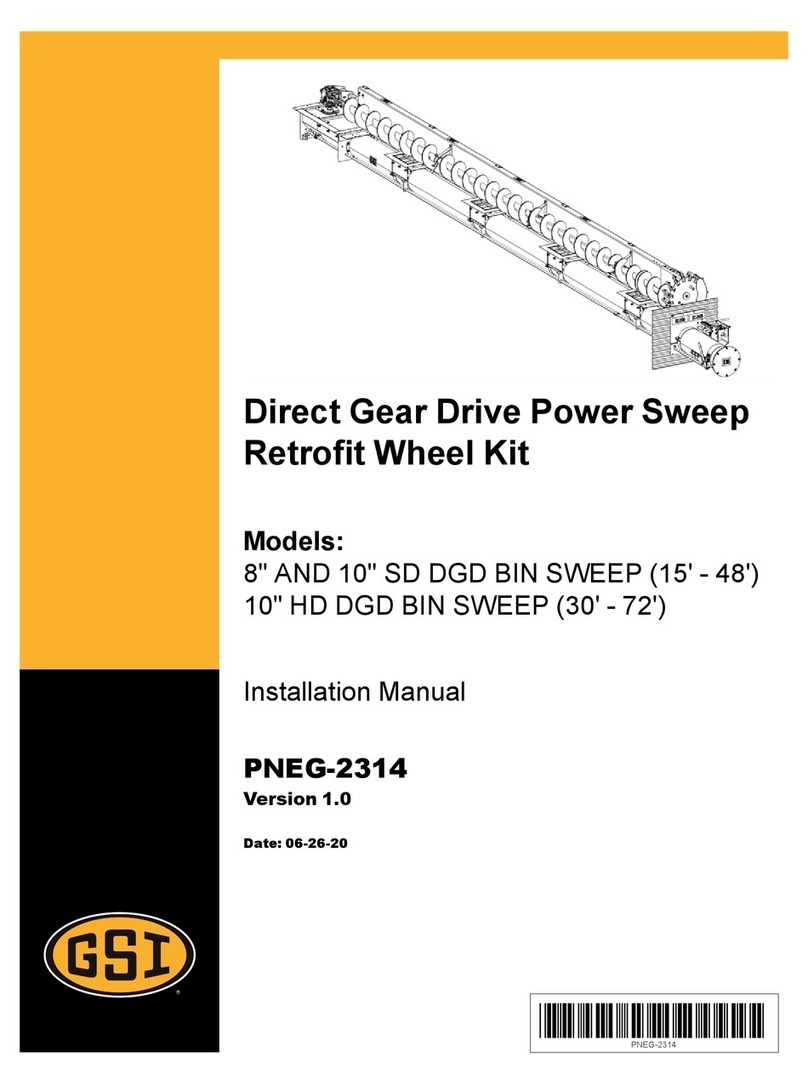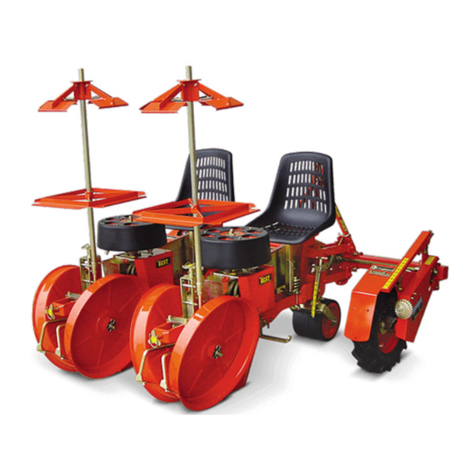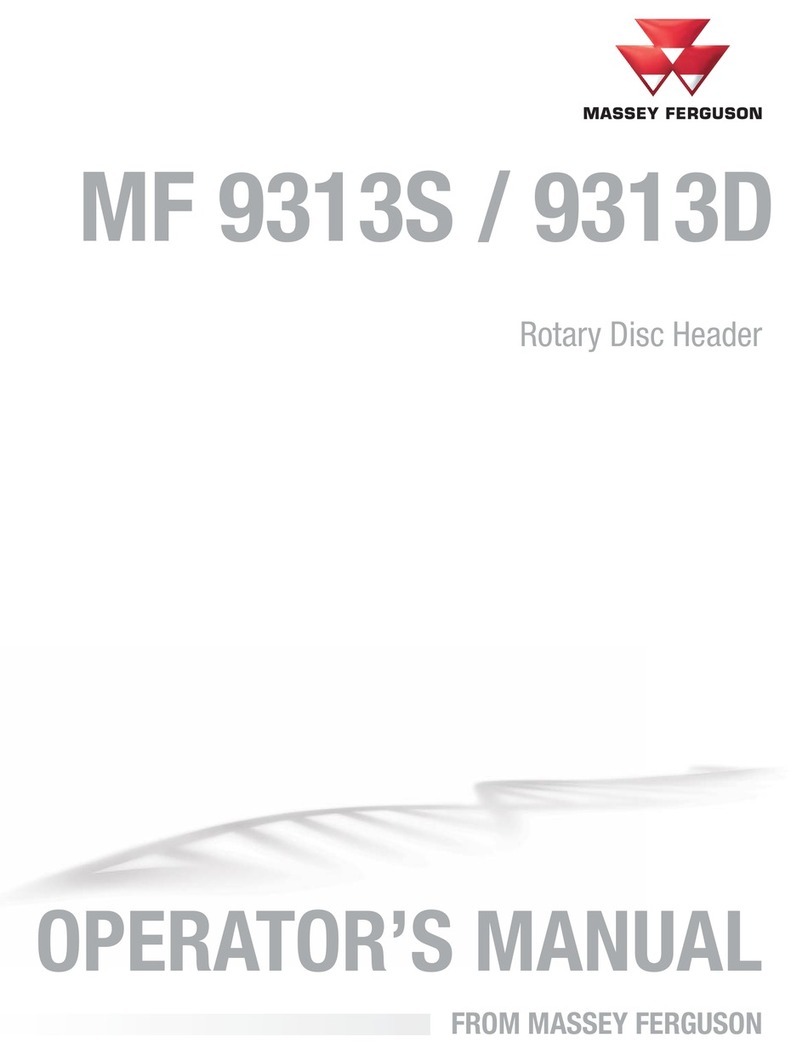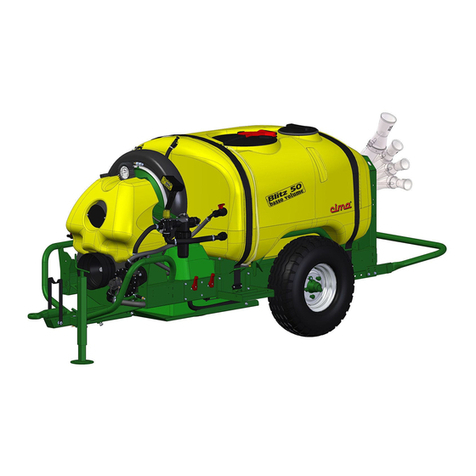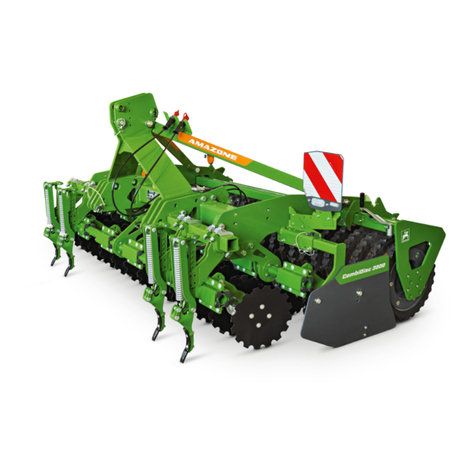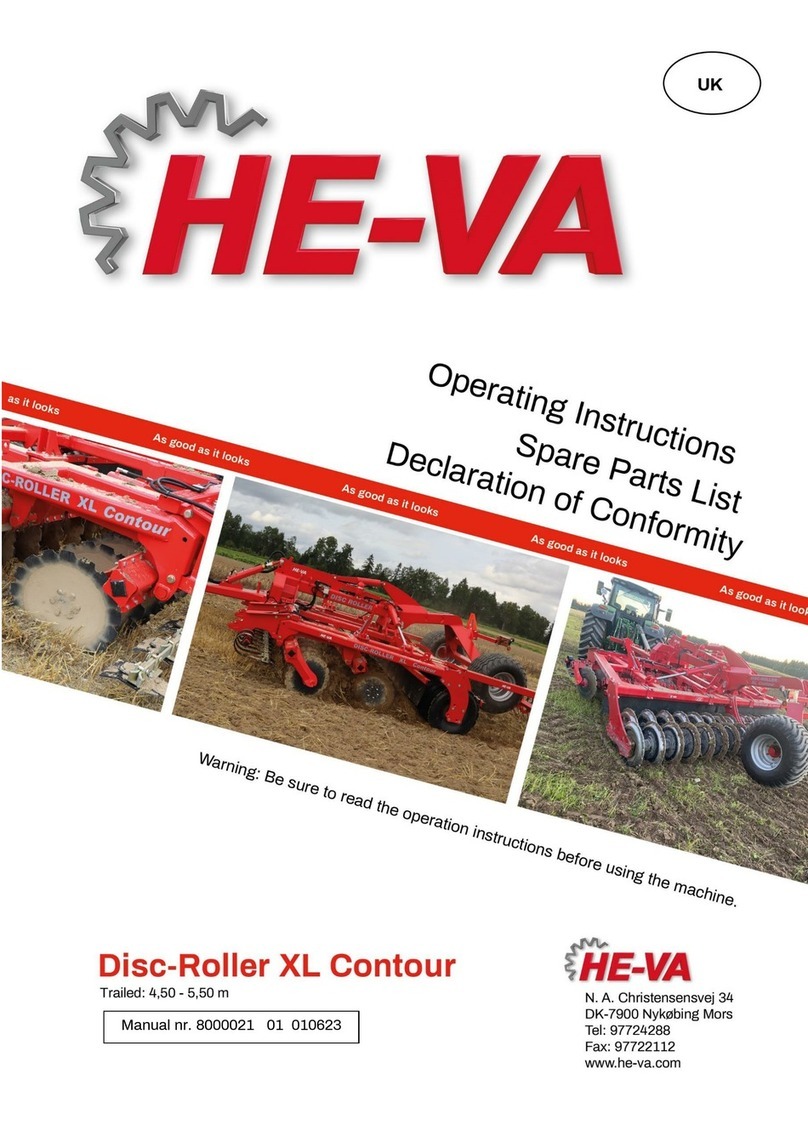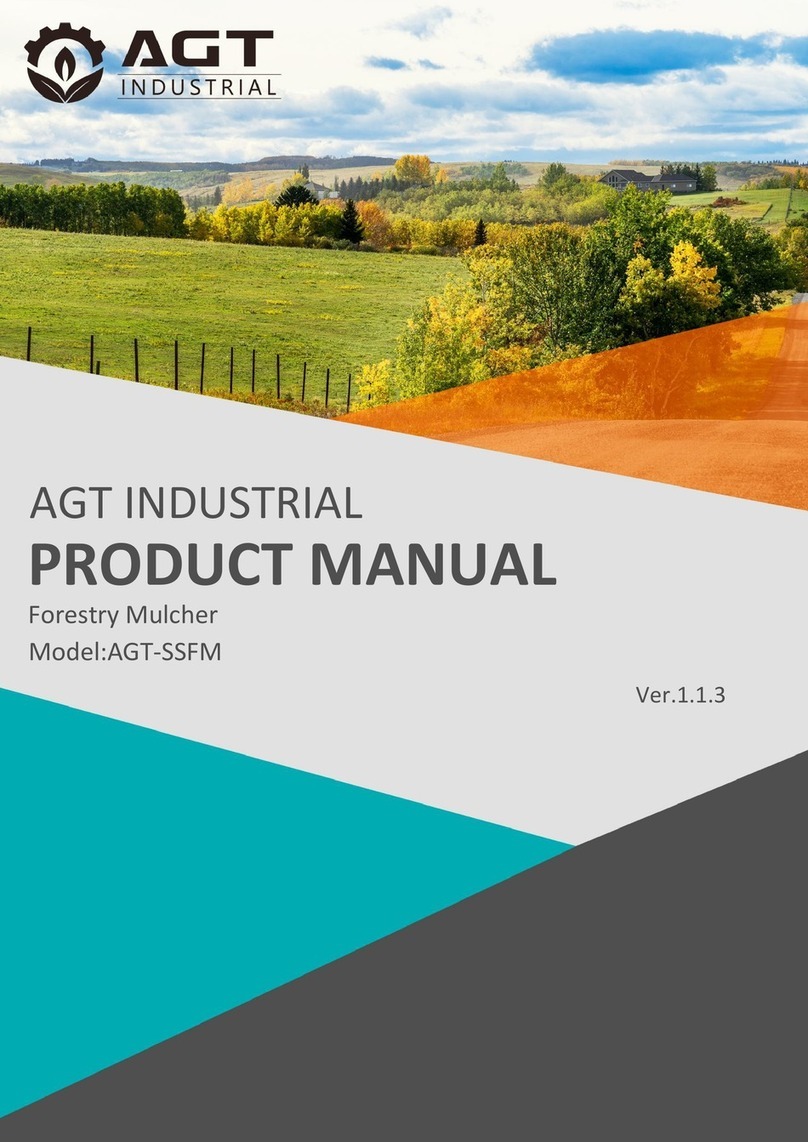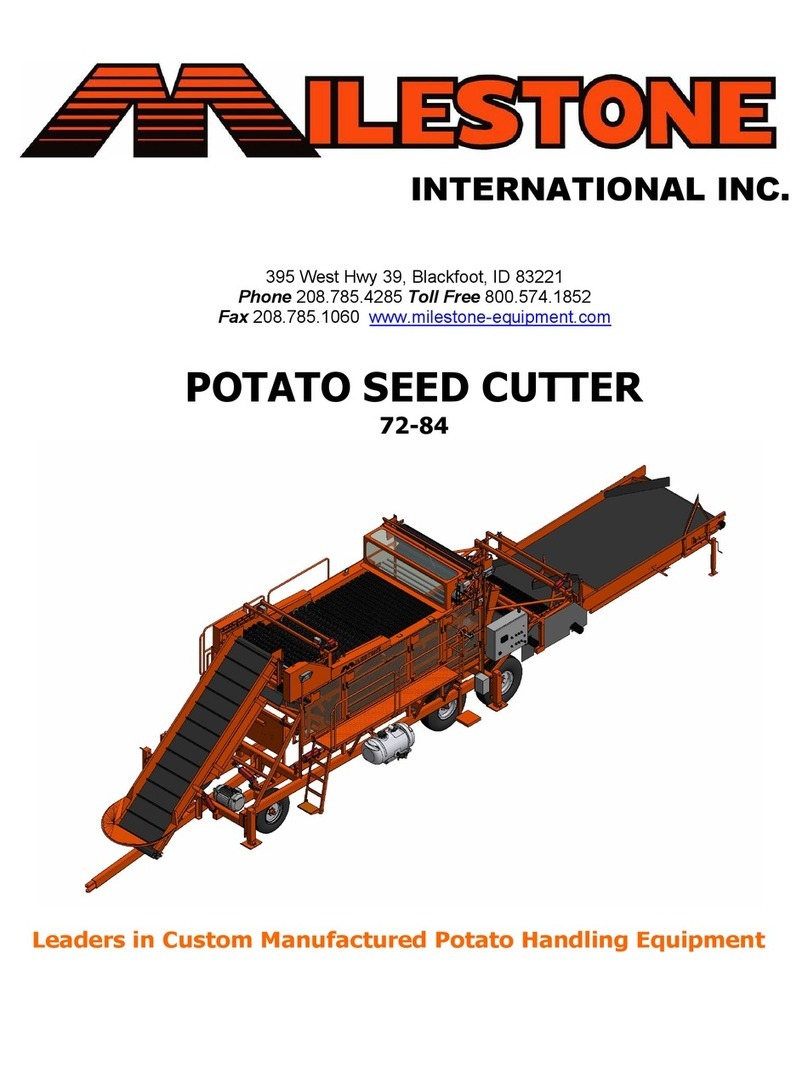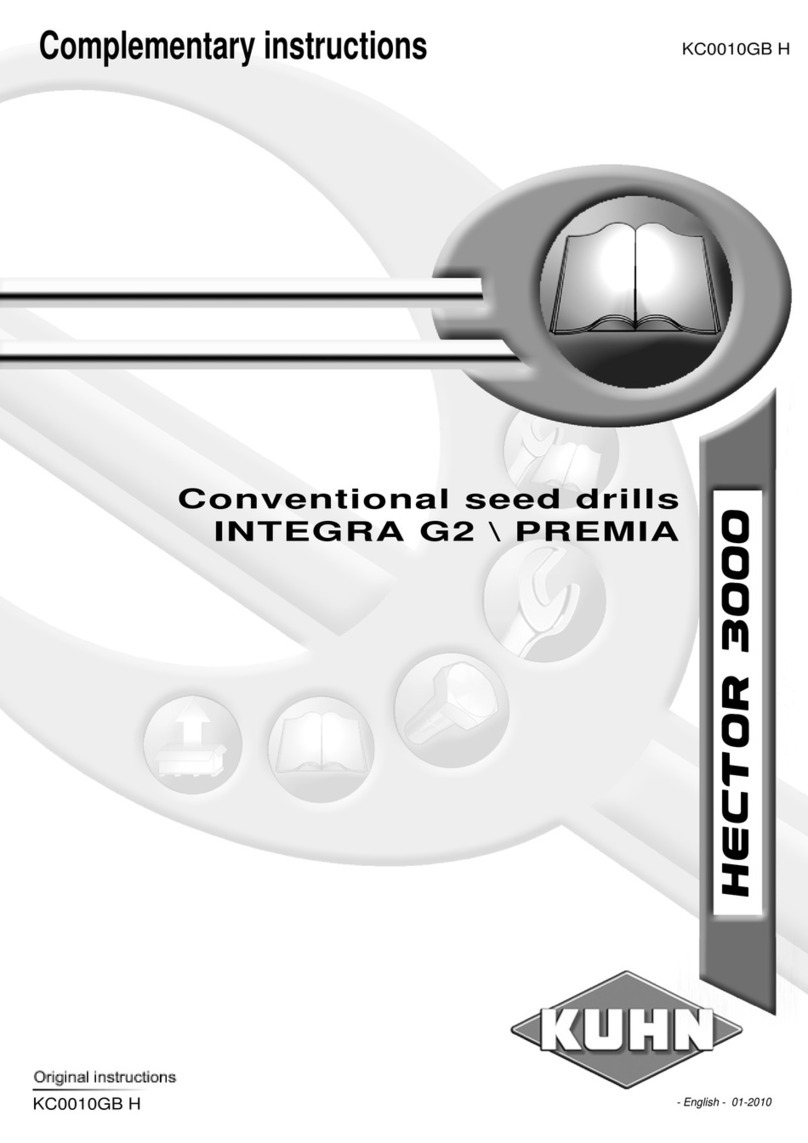
*REFER TO CHECK SHEET FIRST 1/99
For Owners & Operators of Morbark
Brush Chippers
This special safety manual and the accompa-
nying video tape have been prepared for all
owners and operators of Morbark hand-fed
brush and tree chippers.
SAFETY IS NO ACCIDENT.
Like all good things worth having, proper
safety training and operating procedures re-
quire effort, commitment and concentration
every minute of every day.
Accidents don't just happen. They are caused
by people who make mistakes.
We strongly encourage you to review this
information immediately with all employees
working with and around your hand-fed brush
chipper.
It is also imperative to review this information
with any new employees BEFORE they work
with the chipper.
We urge you to review these safety proce-
dures with your employees on a regular basis
throughout the year. Safety training is not a
one-shot affair. It requires your continuous
commitment.
Over the life of the chipper, it is not unusual to
have as many as 20 or 30 different operators.
Even though we are aware of very few acci-
dents, we are concerned that some operators
may not receive all the proper training.
As a manufacturer, we have done everything
imaginable to design the safest machine pos-
sible and to protect the operator from harm.
SAFETY OPERATION
Review safety procedures with employees on a regular basis.
Morbark has designed a very safe chipper, BUT IT CAN STILL
BE DANGEROUS!
IMPORTANTSAFETYINFORMATION!
7
